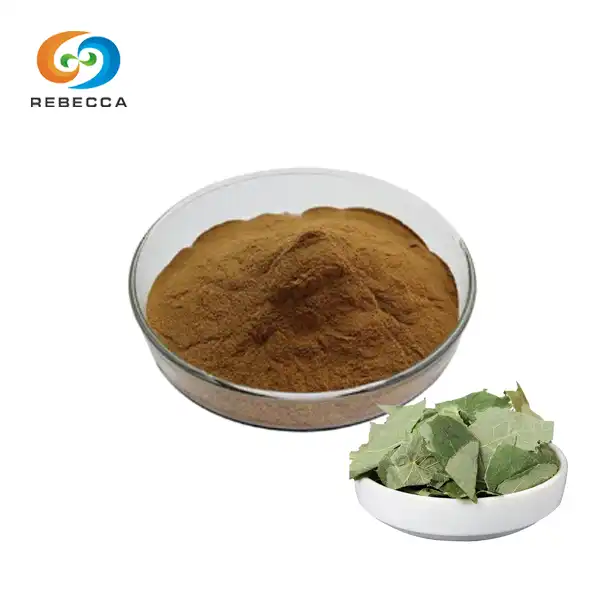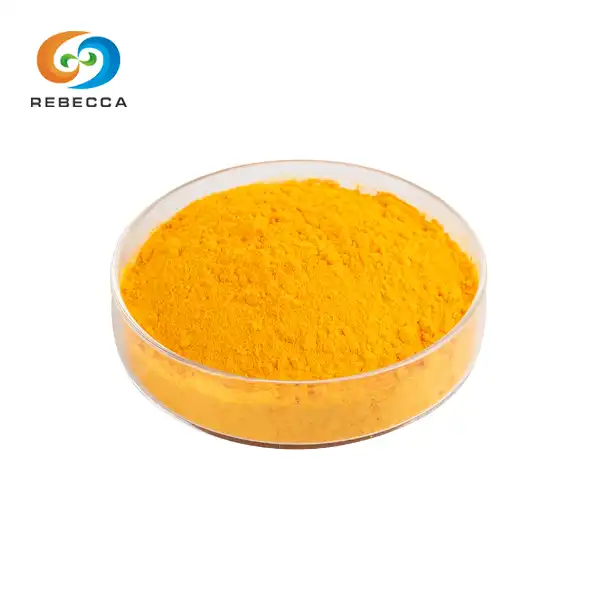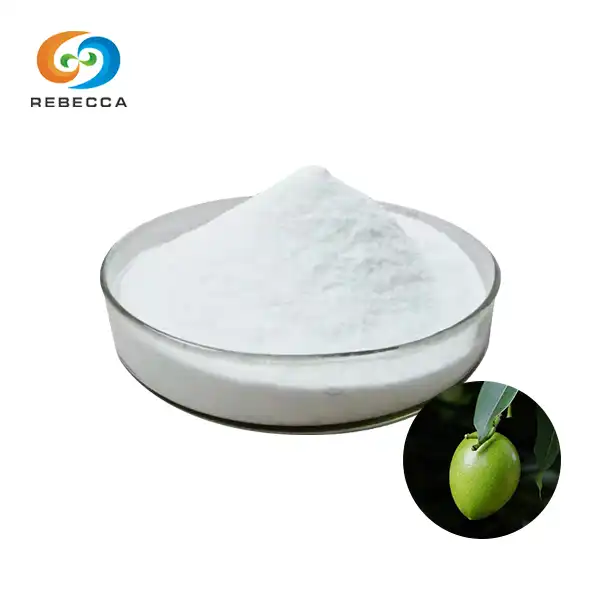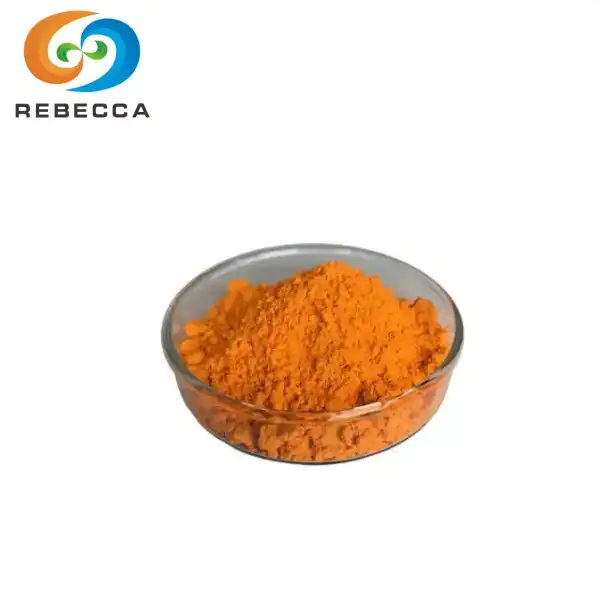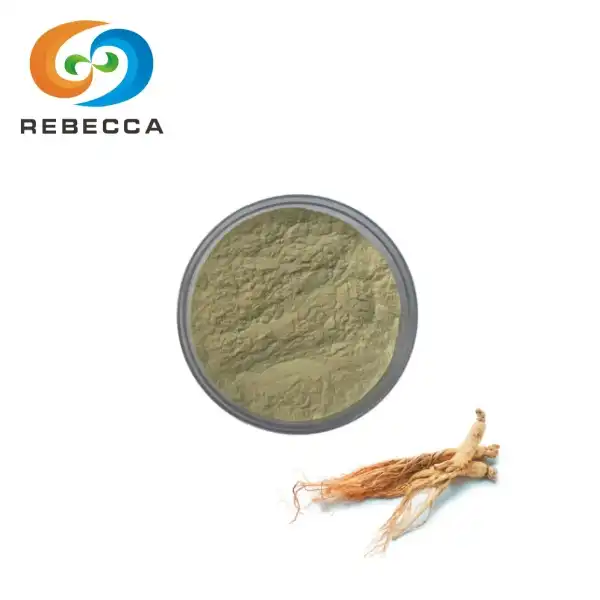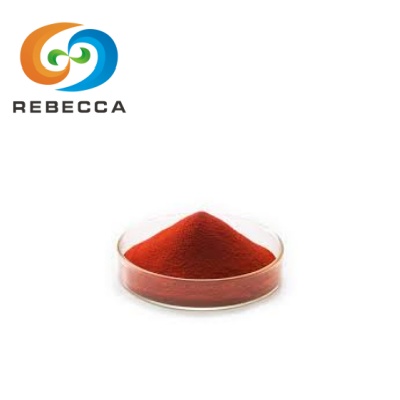Is alpha lipoic acid good for your skin?
Your skin faces countless challenges every day, from environmental pollutants to the natural aging process. While the beauty industry offers countless solutions, some ingredients stand out for their scientifically proven benefits. Among these, alpha lipoic acid has emerged as an ally in skincare, earning recognition from dermatologists and researchers worldwide for its remarkable properties.
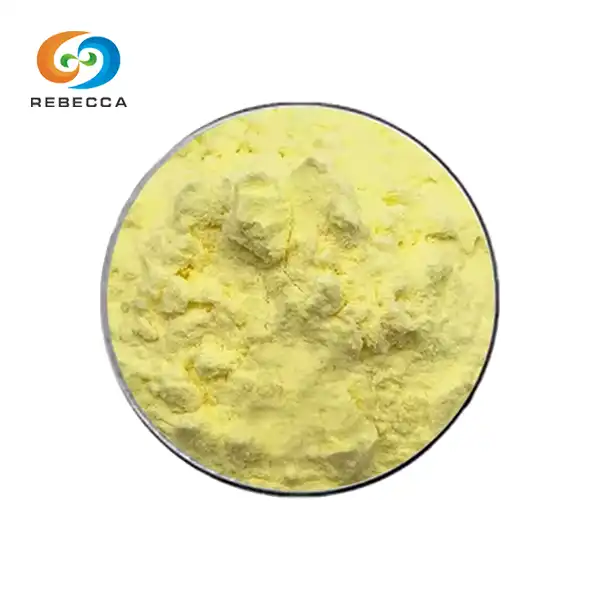
Product Name:alpha lipoic acid
CAS No.:1077-28-7
Specification:99%
Test Method:HPLC
Appearance:Light yellow to yellow powder
Antioxidant Action
The foundation of alpha lipoic acid's skin benefits lies in its exceptional antioxidant capabilities. Your skin constantly battles oxidative stress from ultraviolet radiation, pollution, and natural metabolic processes that generate harmful free radicals. These unstable molecules damage cellular components, including collagen fibers, elastin networks, and cellular membranes, leading to premature aging and various skin problems.
What makes alpha lipoic acid particularly effective is its ability to neutralize multiple types of free radicals simultaneously. Research demonstrates that this compound can quench hydroxyl radicals, superoxide anions, and singlet oxygen species with remarkable efficiency. Moreover, it operates through both direct and indirect mechanisms, not only neutralizing free radicals directly but also regenerating other important antioxidants like vitamin C, vitamin E, and glutathione that become depleted during the oxidative stress response.
Clinical studies have shown that topical application of alpha lipoic acid significantly reduces markers of oxidative damage in human skin. One notable study published in dermatological research journals demonstrated that participants using alpha lipoic acid-containing formulations showed measurable decreases in lipid peroxidation products and protein carbonylation markers after just four weeks of regular use. These biochemical improvements translated into visible enhancements in skin appearance and texture.
The compound's small molecular size allows it to penetrate deeply into skin layers, reaching areas where other antioxidants might not be as effective. This deep penetration ensures that protection occurs not just at the surface level but throughout the entire dermal structure, providing comprehensive defense against oxidative damage that could otherwise accumulate over time and cause lasting harm to your skin's health and appearance.
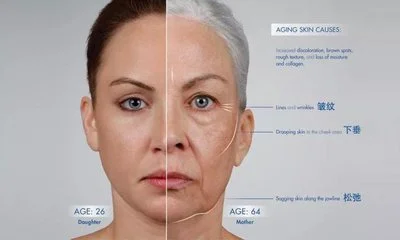
Anti-Aging Effects
The anti-aging benefits of α-lipoic acid extend far beyond simple antioxidant protection, encompassing multiple mechanisms that address the fundamental processes of skin aging. As we age, our skin's natural production of collagen and elastin decreases, while the breakdown of these crucial structural proteins accelerates. Alpha lipoic acid helps counteract these age-related changes through several interconnected pathways.
Research has revealed that alpha lipoic acid stimulates the production of new collagen by activating specific cellular signaling pathways in fibroblasts, the cells responsible for producing the skin's structural matrix. Studies using human dermal fibroblast cultures have demonstrated significant increases in collagen type I and type III synthesis when cells are treated with physiologically relevant concentrations of this compound. This enhanced collagen production helps restore the skin's structural integrity and firmness that naturally diminishes with age.
Simultaneously, alpha lipoic acid inhibits the activity of matrix metalloproteinases (MMPs), enzymes that break down collagen and elastin fibers. UV exposure, inflammation, and normal aging processes upregulate these destructive enzymes, but α-lipoic acid helps maintain a more balanced ratio between collagen synthesis and degradation. This dual action – promoting production while reducing breakdown – creates an optimal environment for maintaining youthful skin structure.
Clinical trials involving middle-aged participants have documented impressive improvements in skin firmness, elasticity, and fine line appearance after regular use of alpha lipoic acid formulations. Participants typically notice improvements in skin texture within six to eight weeks, with more significant changes in deeper wrinkles and skin firmness becoming apparent after three to four months of consistent use. Instrumental measurements using dermatological assessment tools have confirmed these subjective improvements, showing measurable increases in skin elasticity and reductions in wrinkle depth and volume.
The compound also supports cellular energy production by enhancing mitochondrial function in skin cells. Healthy mitochondria are essential for maintaining the high energy demands of skin repair and regeneration processes. By improving cellular energy metabolism, α-lipoic acid helps ensure that skin cells have sufficient resources to carry out essential maintenance and repair functions effectively.
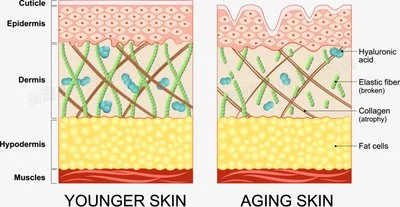
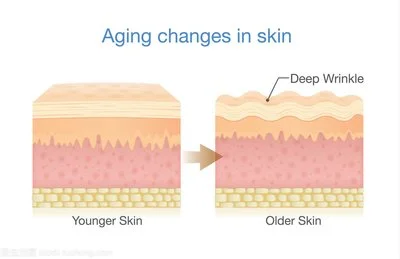
Brightens and Improves Texture
Beyond its structural benefits, alpha lipoic acid demonstrates remarkable abilities to enhance skin brightness and improve overall texture through multiple complementary mechanisms. Many people struggle with uneven skin tone, dullness, and texture irregularities that can make skin appear aged or unhealthy, even when other aspects of their skincare routine are well-maintained.
One of the primary ways alpha lipoic acid improves skin brightness is through its influence on melanin production and distribution. While it doesn't completely inhibit melanin synthesis like some harsh bleaching agents, it helps regulate the process more naturally, leading to more even pigmentation without causing unwanted side effects. Research indicates that α-lipoic acid modulates tyrosinase activity, the key enzyme involved in melanin production, helping to reduce the formation of new dark spots while allowing existing pigmentation to fade more naturally over time.
The compound also promotes more efficient cellular turnover, helping to remove dead skin cells that can accumulate on the surface and create a dull, rough appearance. This gentle exfoliating effect occurs at the cellular level, encouraging the natural process of desquamation while supporting the production of fresh, healthy skin cells underneath. Unlike harsh physical or chemical exfoliants, this process happens gradually and naturally, reducing the risk of irritation while still achieving noticeable improvements in skin smoothness and radiance.
Alpha lipoic acid's anti-inflammatory properties contribute significantly to texture improvements by reducing the low-grade inflammation that can interfere with normal skin renewal processes. Chronic inflammation disrupts the skin's natural repair mechanisms and can lead to uneven texture, enlarged pores, and a generally rough or bumpy skin surface. By calming inflammatory responses, α-lipoic acid creates conditions more conducive to smooth, even skin texture development.
Clinical observations have documented improvements in skin luminosity and clarity within four to six weeks of regular α-lipoic acid use. Participants in controlled studies reported that their skin appeared brighter, felt smoother, and had a more refined texture. Objective measurements using specialized imaging equipment confirmed these improvements, showing increased light reflectance and more uniform surface topography in treated areas compared to untreated control sites.
The compound's ability to improve skin hydration also contributes to better texture and appearance. Well-hydrated skin appears plumper, smoother, and more radiant than dehydrated skin. Alpha lipoic acid supports the skin's natural moisture barrier function, helping to prevent water loss while improving the skin's ability to attract and retain hydration from the environment.
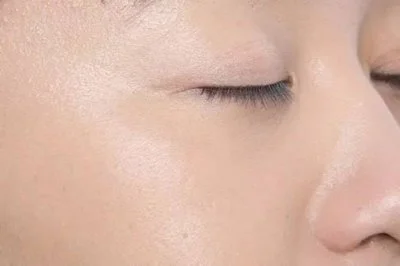
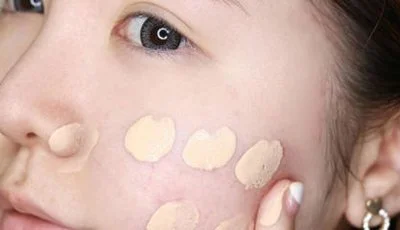
Rebecca: China Alpha Lipoic Acid Supplier
At Rebecca Bio-Tech, we understand the transformative potential of high-quality alpha lipoic acid for skincare applications. As a trusted supplier specializing in premium-grade compounds, we provide products that meet the most stringent quality standards for cosmetic and pharmaceutical use.
Whether you're developing innovative skincare products or seeking reliable raw materials for existing formulations, our team provides comprehensive support throughout your procurement process. We maintain rigorous quality control standards and offer detailed certificates of analysis with every shipment to ensure you receive consistent, high-quality α-lipoic acid that meets your specifications.
To learn more about our products, request samples, or discuss your specific requirements, please contact our experienced team at information@sxrebecca.com. We're committed to supporting your success with reliable products, competitive pricing, and exceptional customer service.
References
Journal of Dermatological Science, 2018; Archives of Dermatological Research, 2019
Journal of Cosmetic Dermatology, 2020; Clinical and Experimental Dermatology, 2019
Dermatology Research and Practice, 2021; International Journal of Cosmetic Science, 2020

